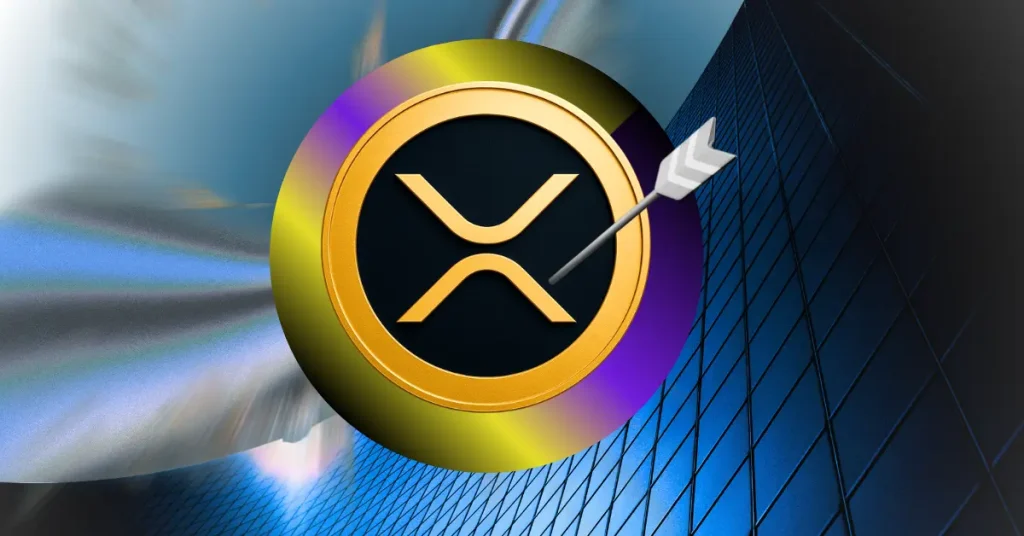
The post $10,000 XRP Prediction: Breaking Down the Math, Market Facts, and Possibilities appeared first on Coinpedia Fintech News
As the financial world faces big shifts, XRP is a name that keeps coming up. With important legal updates and market developments, many are keeping a close eye on where XRP could head next. Price predictions are making the rounds, and some are turning heads.
A user on X (formerly Twitter) says that a $10,000 XRP isn’t impossible, and those dismissing the idea might be overlooking the bigger picture. According to the post, this isn’t just hype. It’s about the numbers, market dynamics, and global financial flows coming together.
Dollar’s Decline and XRP’s Rising Role
Since 1971, the dollar has lost 96% of its value. With national debt crossing $34 trillion and over $1 trillion spent on interest payments every year, the situation is becoming unsustainable. If the Federal Reserve continues printing more money, the dollar’s value could fall even further, leading to shifts in how assets like gold, cryptocurrencies, and real estate are priced.
The Real World Asset (RWA) market could reach $16-30 trillion by 2030, given that big players, such as BlackRock and JPMorgan, are already in. These assets require speed, compliance, and cross-network support, and here’s where XRP enters.
XRP: Built to Scale
The user said that XRP’s infrastructure is already built for institutions. Supporting this statement, the user gave examples and said that RippleNet connects 300+ banks, ODL is active across 6 continents, RLUSD is a regulated stablecoin, and Ripple Custody secures digital assets.
If XRP handles just a slice of global FX, tokenized assets, and debt markets, even at modest transaction speed, it could skyrocket. Its limited supply and high demand could send the price soaring.
Is It Just A Wild Prediction?
For XRP to reach $10,000, its total value would need to be around $530 trillion, which is not realistic. So, unless XRP powers nearly all global finance, that price is highly unlikely anytime soon.
Short Term Price Targets
XRP is currently trading at $2.30, up 2.7% in the past 24 hours. Analyst Steph is Crypto has shared a bullish XRP chart showing a breakout ahead.
As per the chart, XRP is finishing its Wave 4 consolidation and could soon launch into Wave 5 with a major rally. Price targets include $5.36, $11.28, $23.73, and even as high as $37.55 based on Fibonacci levels.
The post $10,000 XRP Prediction: Breaking Down the Math, Market Facts, and Possibilities appeared first on Coinpedia Fintech News
As the financial world faces big shifts, XRP is a name that keeps coming up. With important legal updates and market developments, many are keeping a close eye on where XRP could head next. Price predictions are making the rounds, and some are turning heads. A user on X (formerly Twitter) says that a $10,000 …



 BNB (@cz_binance)
BNB (@cz_binance) 




